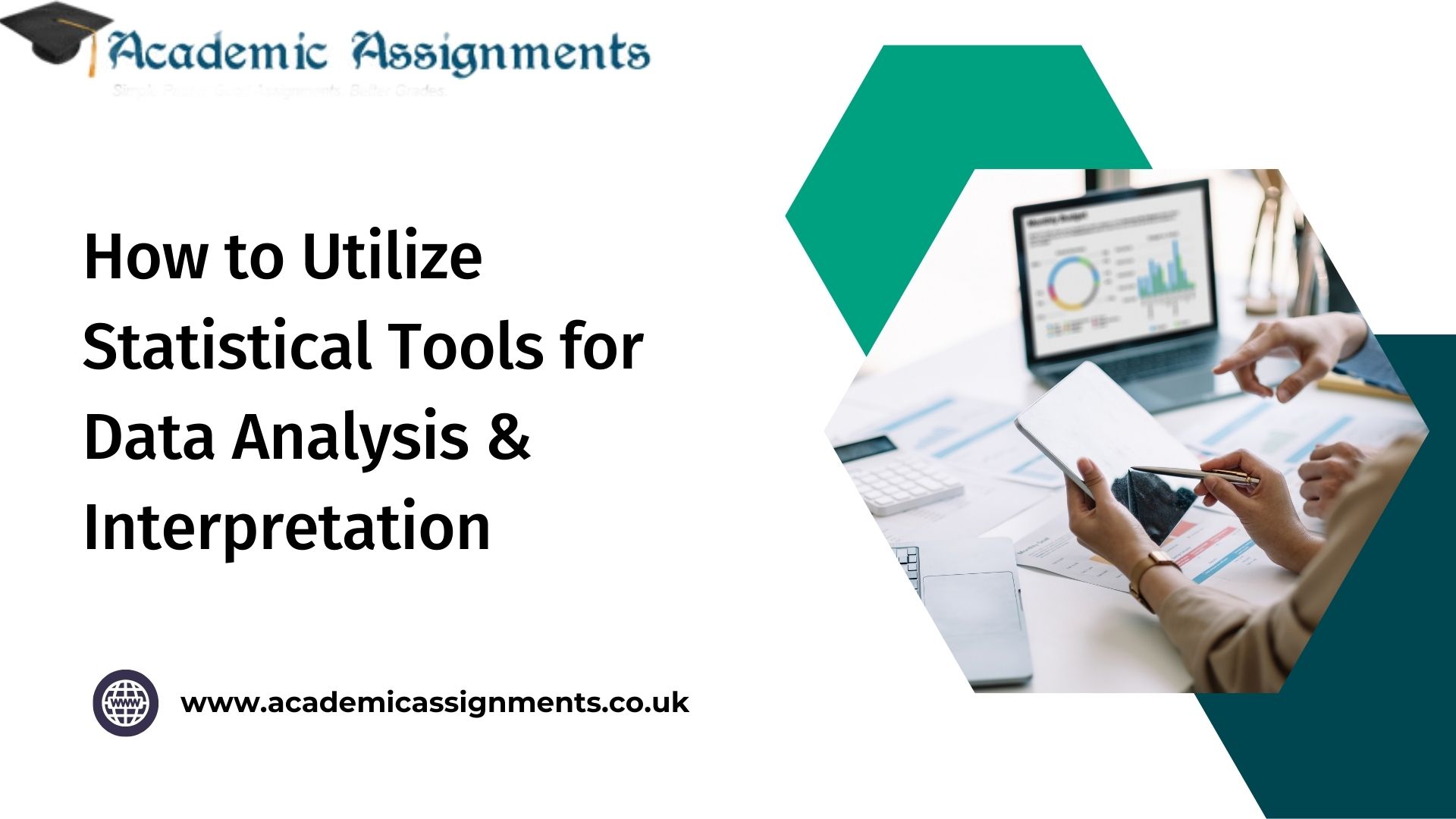How To Analyse And Interpret The Data Using Various Statistical Tools And Techniques
Statistics is referred to as that branch of science which pertains to the data collection, organisation process, data analysis and inferences drawn from the study sample from the entire population collected. The study of statistical data and analysis needs an accurate study design, a proper selection of the study’s sample and the decision to choose an accurate statistical method and process. Proper statistical knowledge is essential for designing a study or any research properly. Implementing improper or not-so-accurate statistical procedures also results in errors in interpretation and conclusions, ultimately leading to unethical statistical practices. Statistical processes consist of achieving and accomplishing a study which involves designing, planning and data collection methods.
Further, it analyses and draws meaningful and appropriate interpretations and execution of the research findings. Analysing the statistical techniques provides an accurate meaning to the collected data. The inferences and results drawn from the data are precise in a manner when proper techniques of statistical tools are utilised as per the requirement of the analysis. One example is the statistical method helps in providing the summarised and collected data, obtaining key values from the collected data, the existence of features of input data and thus, proving the null hypotheses and so on. The type of output and format differs along with the analysis utilised.
These statistical tools and techniques are used by the professionals of management and governments in business. It also guides the professionals such as research analysts to comprehend difficult scenarios and the extensive collection of related data. Statistical data analysis is considered essential in politics; that helps in generating information which fuels the campaign strategy, policy development and political theory.
Different software for statistical analysis, which forms different subcategories of intelligence tools in business, are made available to make the analysis process very easy. Some examples are Statistical Package for the Social Sciences (SPSS), Microsoft Excel, Statistical Analysis Software (SAS) and MATLAB.
There are mainly two types of statistical analysis, and these are inferential statistics and descriptive statistics
- Inferential statistics – This type of statistics mainly to inference regarding a population to a large extent. It mainly depends on the analysis and the outcome, which is generated from the data sample of the population used in the study. Therefore, it makes the procedure more time efficient as well as cost-efficient. Generally, it involves the development of point estimates and interval estimates so that it can conduct the analysis process.
- Descriptive statistics – This type of statistics refers to the method of collection of data, arrangement of data, evaluation and interpretation of the sets of data in an understandable manner, such as including tables, charts and graphs. It also helps make the large data set presentable and eliminate the issues to give the analysts or the researchers a better understanding of the analysis. The output format or the generated results can be visual or quantitative.
There are also some other types of statistical analysis. These are described below –
- Prescriptive analysis – This analysis method determines in prescribing the best possible consequences depending on the data assessed. It also aids in determining informed decisions as well as helps in making the process of decision-making more efficient.
- Predictive analysis – This type of analysis is employed to foresee future events depending on the present and past data. It also uses machine learning tools, big data, artificial intelligence, data mining, simulations and predictive modelling.
- Causal analysis – Causal analysis mainly concentrates on the theory of cause and effect. In other words, depending on the data analysis, it emphasises the gist of the events occurring and the actual reason behind the occurring event. It also helps to understand better the failures in professional activities and business and why some statistical analysis methods did not work.
- Analysis of Exploratory Data (EDA) – This statistical analysis method studies the data set to spotlight the main features of the data, mainly done by utilising statistical graphics and different approaches to data visualisation.
Techniques of Statistical Analysis
The mean is considered one of the simplest and most popular easy analysis methods to apply to come to the consequence. The mean is called the average value of data employed in the study. The mean is utilised to show the average value and is calculated by adding all the data values and, later, dividing the data value by the total data points. Although it is determined as a common analysis method, it is also advisable to use different methods to support the outcome for making decisions effectively.
- Standard Deviation – It is also considered a common tool for statistical analysis to examine the deviation of values of the data set generated from the mean value. If the deviation taken out from the mean value comes as small, then the value of standard deviation will also come as a low value, and if the deviation taken out from the mean value comes as a big value, then the value of standard deviation will also come as a big value.
- Regression – The regression method helps comprehend the linkage between the variables utilised in the analysis of the study. It also indicates how all the variables depend on each other and their impacts on each other. A simple linear regression method is utilised by making an independent variable to analyse the dependent variable. Multiple independent variables utilise multiple linear regression to analyse the results.
- Testing of hypothesis – This statistical analysis method helps test the authenticity and validity of an outcome, argument or hypothesis. It is referred to as a set of assumptions at the initial point of a study or research; as the testing gets completed and an outcome is determined based on the test, it may either be false or true. Additionally, it helps in figuring out whether the alternative or null hypothesis is true or not.
- Determination of sample size – This method of statistical analysis assists in deriving a sample from a large population set representing the entire population. When the study consists of a large population and the analysis is difficult, it takes a small set of samples and researches it.
Conclusion
The researchers utilise various statistical techniques, tools and methods to analyse the data used in the study and thus improvise the generated result of their study by providing a reasonable interpretation of the outcome. Statistics are employed in research effectively when the researcher has a better understanding and knowledge of the study or the research question and a better knowledge of statistical tools and their usage. Applying these techniques and statistics tools helps the researcher analyse the study’s outcomes to be effective.
Author Bio: Mark Edmonds is a seasoned statistician and a dedicated professional at Academic Assignments, a leading provider of top-notch student assignment help. With a passion for data analysis, Mark excels in teaching others how to analyse and interpret data using various statistical tools and techniques. His expertise lies in providing high-quality statistics assignment help and empowering students to excel academically. Mark’s commitment to delivering insightful solutions and fostering a deeper understanding of statistics makes him an invaluable asset to the academic community.

 Blogs
Blogs





